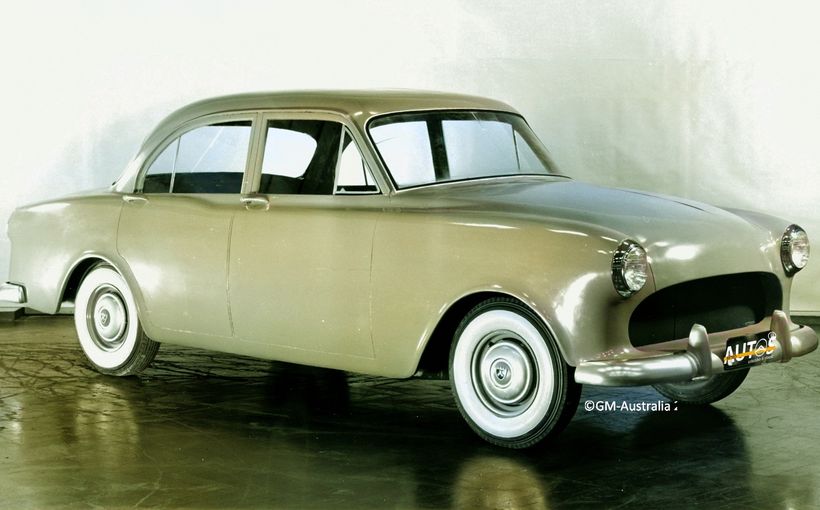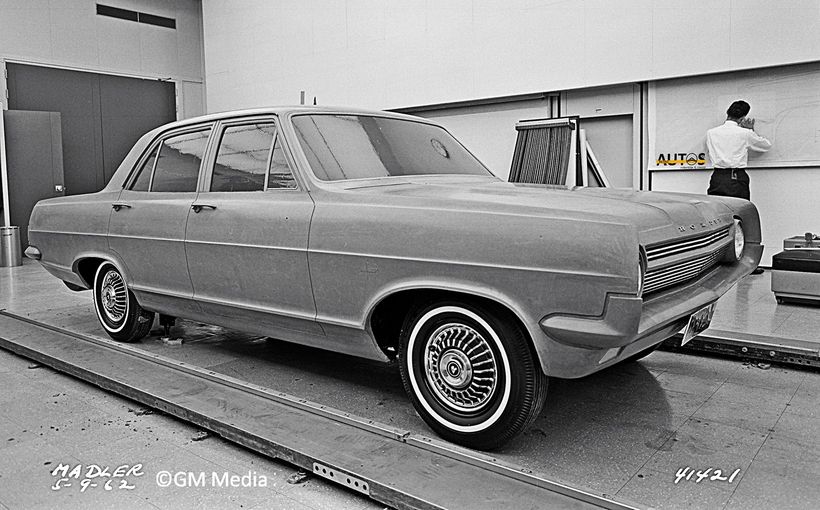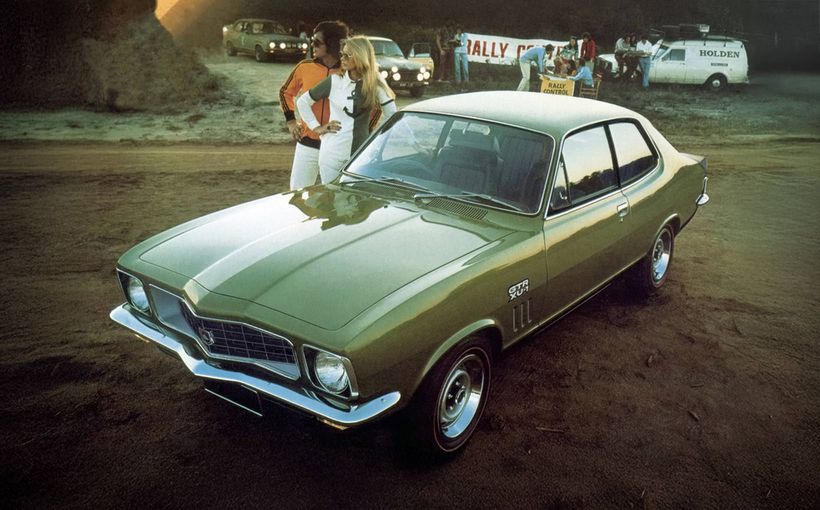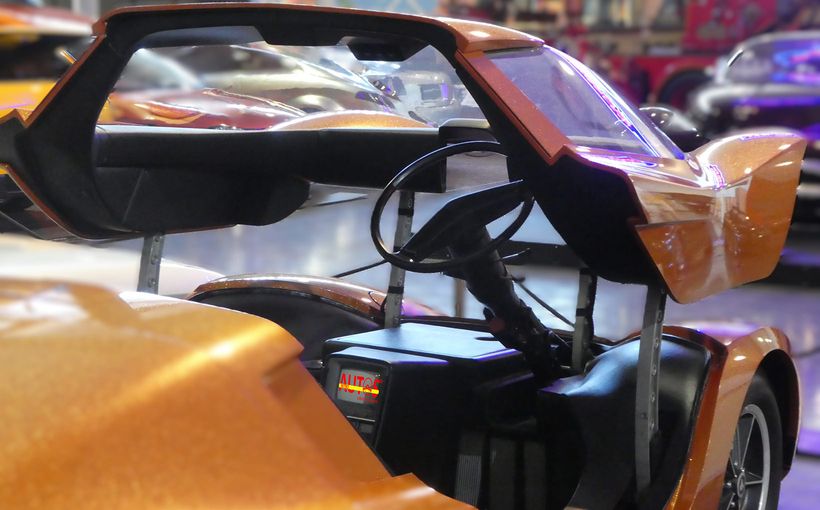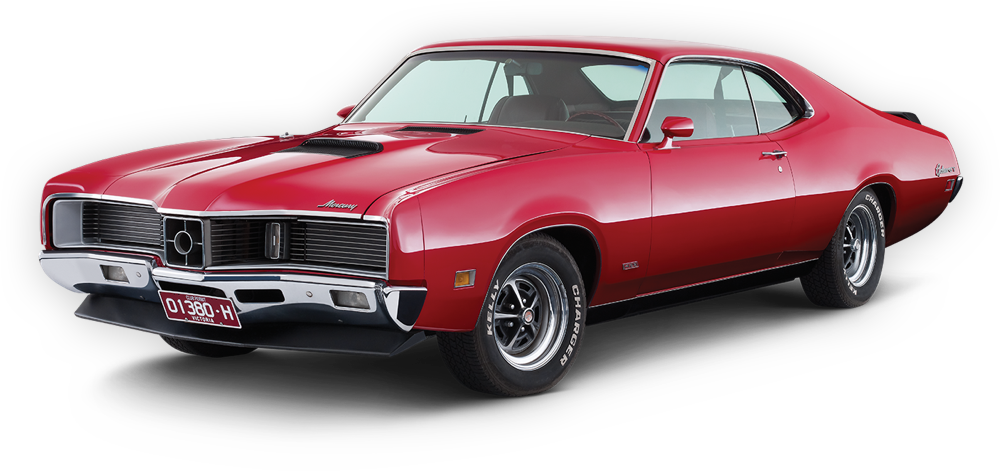James’ 1998 VS Commodore SS: Rare 355cid Holden Ute is Tradie’s Prized Possession

Melbourne-based builder James Dobie admits it was pure luck that he came across his VS SS ute back in 2007, which after years of service as his daily workhorse is now a tastefully modified and deservingly pampered fun ride (complete with 5.8-litre 'stroker' power) that only hits the road on weekends.
“I wanted a ute for work and saw an ad for a VS described as a ‘blue V8 ute’ but when I went there it was a VS SS auto, so I bought it without knowing it was a rare model. It was only after a few Holden mates told me just 300 were built that I realised I was lucky to get it, for a good price too.”
The SS was one of several limited-edition offerings created to keep the VS fresh during its long production life, given that it had to serve as Holden’s light commercial vehicle from 1995 until it was replaced by the all-new VT Commodore-derived VU ute in 2000.
James’ SS is one of only 300 examples built in 1998, which came standard with a 5.0-litre 168kW V8 and LSD plus a choice of five-speed manual or four-speed auto. They also came in only two colours: Phantom Black or Bermuda Blue like our feature car.

Image: Alvarez Media
The SS package included a unique body kit, polished alloy rear sports bar, 16-inch alloy wheels, fog lamps and a leather-appointed cabin. There were also SS seat logos and body decals sourced from the concurrent VT SS sedan.
The limited-edition SS ute proved so popular that another batch of 300 was released in 1999 to satisfy customer demand. It also planted the seed for an SS ute to become a regular model, which commenced with the VU in 2000.
James Dobie (his mates call him ‘Dobes’ hence the rego plates) runs a building company that specialises in high-end home extensions and renovations. Like many tradies, his first workhorse was an HQ Holden, which served him well until he finished his apprenticeship.
It was then he rewarded himself by upgrading to a later model Holden ute with V8 power, which was when he became the new owner of this VS SS. Naturally, being a young bloke with high octane in his veins, James wanted more performance but without sacrificing reliability given it would serve as his weekday workhorse until 2012.
He couldn’t have asked for a better adviser than his dad, who was chief mechanic for the factory-backed Datsun Racing Team during the halcyon ‘series production’ era of the late 1960s and early ‘70s. Back then, Datsun (aka Nissan) and its Japanese rivals Toyota and Mazda engaged in fierce battles in the small car class to win the hearts of Aussie buyers and Dobie Snr was in the thick of it.

Image: Alvarez Media
“One of my dad’s mechanics said at some stage in your life you must own a cranky V8, so I decided to go with a 355 stroker. My dad said to get Motor Improvements to build it, because he and (MI founder) Brian Sampson (who drove for Toyota!) were best mates from their racing days. The guy who did the heads on my engine had been there since day one and it was one of the last engines he built before retirement.”
Stretching the stock 5.0-litre Holden V8 to 355cid (5.8-litre) displacement called for a Scat ‘stroker’ crank and H-beam rods with high-compression pistons.
The hand-fettled cylinder heads have stainless valves and breathe through a modified twin throttle-body inlet manifold from a ‘Walkinshaw’ VL Commodore SS Group A, paired with a custom-made high-flow airbox. Pacemaker extractors and stainless cats feed a booming 3.0-inch exhaust system.

Image: Alvarez Media
“The engine builder recommended using the VL Group A manifold which I was happy to do, because when I popped open the bonnet I wanted it to have a Holden look rather than an aftermarket set-up,” James says.
“It makes 410bhp which is plenty (that’s 306kW or almost double the original output!) because it was built for a ute I was driving about 400km a week for work. That engine now has about 40,000km on it and has never missed a beat.
“A few of my mates with big horsepower say they’re jealous because I can drive it in 35 degrees and it doesn’t overheat. I’ve not had one issue with it, apart from the fact it’s blown multiple transmissions and diffs!”

Image: Alvarez Media
The fact this thumping stroker also pumps out around 400ft/lbs (540Nm) across a table-flat torque band from 3500rpm to 6500rpm may also have something to do with that!
So, to provide a more robust drivetrain, the standard-issue 4L60-E four-speed auto has a TransGo Stage 2 shift kit, extra clutches and a TCE custom torque converter, with its stall-speed set at just under 4000rpm.
Under the tail is a Harrop Truetrac diff running 4.11s. Although final-drive gearing with a ‘4’ in front of it may seem a tad short for practical street use, James says the SS doesn't see much highway travel these days and he enjoys the extra punch the shorter gearing provides, particularly from standing starts.

Image: Alvarez Media
In that context, he clocked a rapid 13.0-secs standing quarter on Victoria’s Heathcote strip years ago, with the freshly-built 355 running longer 3.7:1 gears on a 30-degree day. With shorter 4.11s and cooler weather, we reckon a 12-something would be a formality, which is mighty quick for such a well-behaved street car.
It also has sharper handling response and sits lower than standard thanks to adjustable XYZ Racing coil-overs in each corner. There’s also adjustable Whiteline rear upper trailing arms and reinforced lower arms to ensure disciplined location of the live rear axle.
The wheel arches are filled with 20-inch Simmons FR1 alloys and grippy 245/30 low-profile rubber. Braking has also been enhanced with VE Commodore front calipers (painted red with HSV logos) and 330mm DBA cross-drilled rotors, plus larger rear discs and a VT booster.
The interior is a mix of themes, with Devonish seats sourced from an HSV Senator 5000i featuring body-hugging light grey bolsters with contrasting blue velour inserts.
There’s also an HSV instrument cluster with custom faces (to replace the original green ones) plus Holden Caprice door trims and a Momo leather steering wheel.
However, this ute’s most eye-catching feature is its glowing two-pack Bermuda Blue respray, applied to flawless bodywork by a talented paint/panel man (another car mate) in a backyard spray-booth James built for him.

Image: Alvarez Media
“It’s a VT colour but on a VT it doesn’t look like this,” James observes. “I think it’s got some extra pearl effect in it, so it’s not an original version of Bermuda Blue.
“I get comments about the paint everywhere I go. I’ve had people at the lights saying it’s the cleanest and shiniest VS they’ve ever seen. I’ve even had guys in super high-end cars asking how ‘do I get my car to look that good?’ You must see it in the skin to appreciate how good it looks.”
Body detailing includes a slimline aluminium cover for the load-tub, with the ute’s original tonneau cord-hooks along the sides removed to enhance its smoother appearance.

Image: Alvarez Media
There’s also a bonnet bulge sourced from a VN Commodore SS Group A to provide the extra under-bonnet clearance needed for the inlet manifold. And HDT headlight decals, with red and blue lines that colour-match the rest of the car.
James has no plans to do any more modifications, as he says it’s “a good little cruiser.” He just wants to keep it that way as he has plans to go extreme on another automotive project.
I’ve got a 1973 Plymouth Duster in primer at the moment. It’s a full nut-and-bolt resto and I’ve bought a 6.4-litre Hemi V8 for it. I’m shooting for 600bhp with that, so I figure it’s best to go crazy on the Duster instead!”

Image: Alvarez Media
These days, with its workhorse days a distant memory, James only drives his SS on weekends, either cruising or attending car shows. And each time, he’s reminded of why he likes it so much.
“I can cruise around with old-school guys with their chrome bumpers and all, because it’s not too new to fit in with those cars. It still runs hard and turns a lot of heads. It just seems to appeal to everyone.”
And that includes the Shannons Club, of course. This is one of the nicest Aussie utes we’ve seen, which is a real credit to it owner and another example of the diversity of cars owned by the club’s ever-expanding membership.





